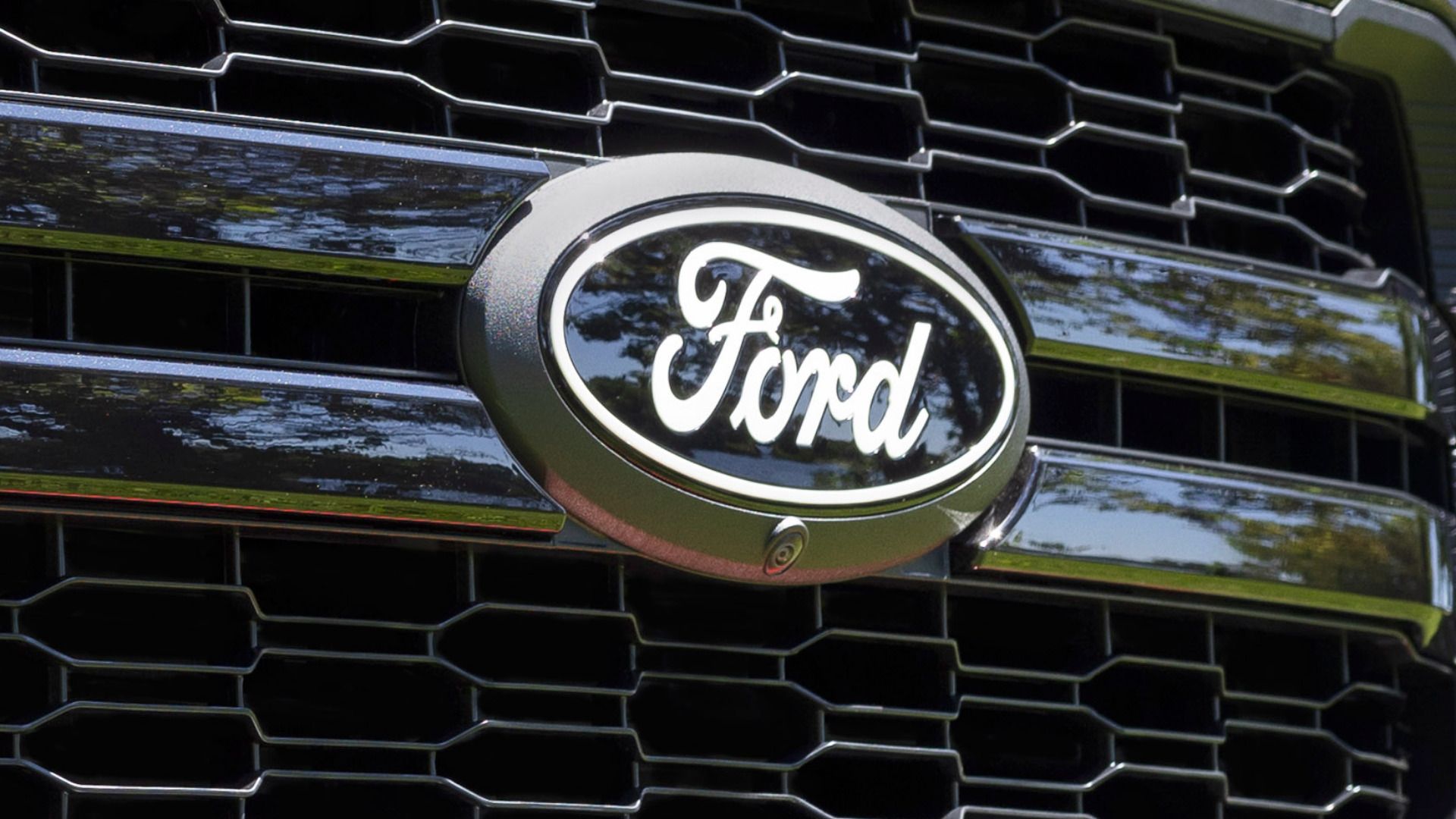Ford has been struggling with quality for what feels like years now. On top of taking top spot for recalls in several of the past years, the automaker has been below average on indexes like JD Power’s Vehicle Dependability Study going back 10 years.
Ford
- Founded
-
June 16, 1903
- Founder
-
Henry Ford
- Headquarters
-
Dearborn, Michigan, USA
- Owned By
-
Publicly Traded
- Current CEO
-
Jim Farley
The company knows, and it is working on the problems. “Fixing quality is my number one priority,” CEO Jim Farley said in 2022. “It is the most important initiative in the whole company.” To help, Ford has hired new executives and invested in AI tech, among other things. Now a new patent shows that Ford might be really investing in AI to remedy its quality. At this point, it’s hard to imagine quality getting worse.
AI Tests Vehicles While It Drives Itself To The Dock
Ford’s new patent is called “Automated Vehicle Control During Final Assembly and Dispatch.” Yes, patents always come with the best titles, but we digress. In short, this patent talks about cars test-driving themselves to check for any issues before they even leave the plant’s grounds. Ever hear the old story about empty bottles hidden in caverns in the bodywork? This would put a stop to that long before the car made it to a truck or a train.
The patent describes a system where a vehicle would be driven autonomously around a test track. A wide range of sensors would record data about the vehicle while an algorithm would determine which of multiple test track possibilities would be driven by the vehicle.

Related
The Most Recalled Ford Of The Last 10 Years
We’ll give you three guesses which Ford has seen the most recalls since 2015, but you’ll only need one.
Ford’s computers would analyze all of that data, especially exact sound frequencies, and apply it against known values and other vehicles that had completed the tests. It would detect squeaks, rattles, and any other problems that made any type of noise or vibration.
More Thorough Testing With Less Work
It raises plenty of possibilities. Using sound profiles and automated vehicles could hunt down rattles and squeaks. It could test for a shock that’s out of spec or a bushing that’s not properly pre-loaded. It could even make sure that the audio system is working perfectly at volumes that would be hazardous to a person’s hearing. Other sensors could check the function of autonomous driving sensors and even the car’s lights. With a wide range of data points and machine learning, Ford could correct for variables like a changing road surface, temperature differences, and even rain or snow.
Acceleration, braking, and other driveline issues could all be identified before shipping the vehicle, helping reduce warranty visits after purchase and potential payouts later. If the vehicle fails a test, it can drive itself back to the designated repair point.

Related
Ford Getting Another New Quality Executive In Battle Against Issues
Ford shuffles around executives in the quality department as it tries to bring down recalls and defects.
The best part of this is that Ford could test the vehicles without adding to assembly times. The vehicles could undergo the tests while they drive themselves to the marshaling yard. Currently, vehicles are driven from the line to shipping by people. It’s a tiring process that can lead to damaged vehicles, but it’s also time that isn’t really currently used for testing. For a person to do all of this testing during that drive would lengthen the drive and distract the driver, trading quality for cost and impacting safety. This could seemingly solve all of those problems, making it a quality win for Ford.
Patent filings do not guarantee the use of such technology in future vehicles and are often used exclusively as a means of protecting intellectual property. Such a filing cannot be construed as confirmation of production intent.
Source: US Patent And Trademark Office
#Ford #Patents #Autonomous #Factory #Test #Driving


